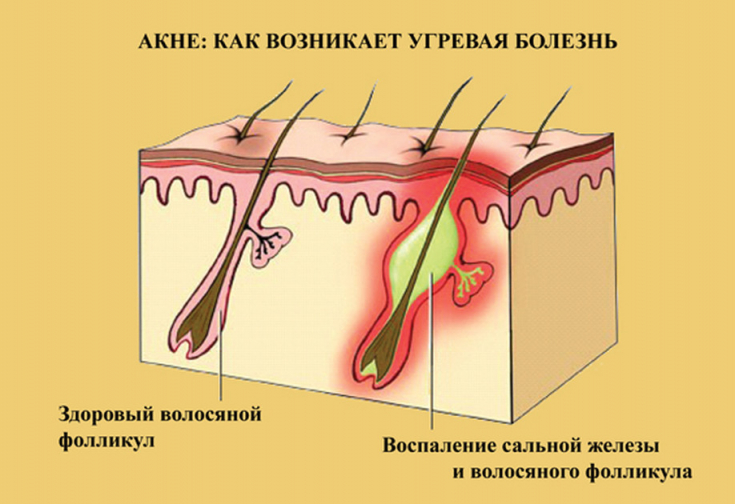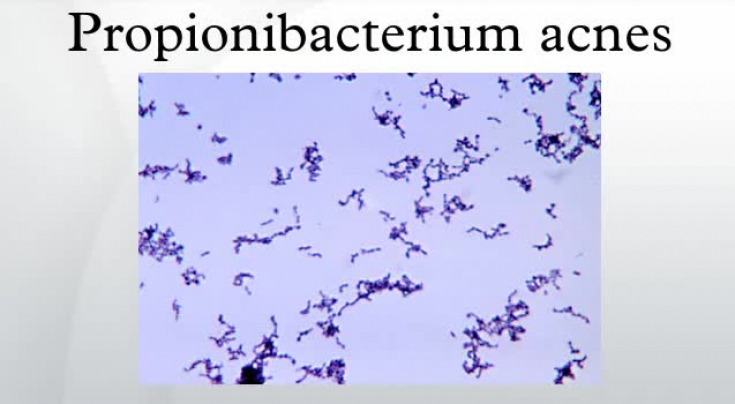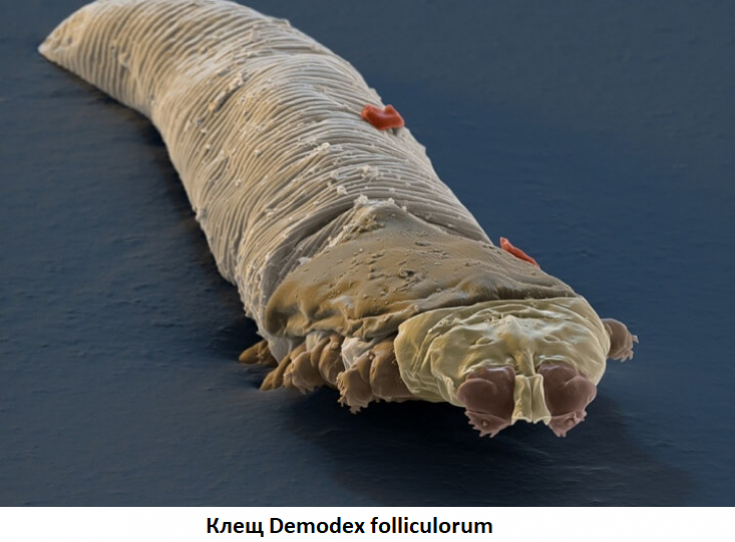Acne is one of the most urgent problems of modern dermatocosmetology. Acne-specific acne rashes can significantly reduce the quality of life of patients. In some cases, they cause the development of serious social and psychological problems.
The study of the etiology and pathogenesis of acne is necessary to understand the key mechanisms of the development of the disease and the subsequent appointment of competent and effective therapy.
More details about the role of hormonal imbalance and infectious agents in the development of acne, as well as about the modern principles of acne treatment, were told by doctor of the highest category, candidate of medical sciences, dermatovenereologist Ekaterina Bezvershenko.
What is the role of hormonal disorders in the development of acne
Е.B.: There is a direct relationship between hormonal imbalance and the development of acne.
In adolescents, the key role in the pathogenesis of acne development belongs to the influence of the male sex hormone on the sebaceous glands.
Dihydrotestosterone – testosterone metabolite – acts on the receptors of the sebaceous gland, contributing to an increase in the production of sebum.
There is also a direct link between acne and stress hormones, particularly cortisol.
Cortisol, like dihydrotestosterone, affects the functional activity of the sebaceous gland. That is why adolescents and young patients often report worsening skin conditions during sessions, exams, or against the background of exposure to any other stress.
Another hormone that plays an important role in the development of acne is insulin. We are well aware that foods high in glycemic index and rich in carbohydrates contribute to excessive secretion of sebum.
There is a connection between acne and the hormone prolactin, other pituitary hormones, thyroid hormones.
Follow us on Facebook
Therefore, a rather complex system of hormonal imbalance lies in the pathogenesis of acne development. Sometimes acne – practically "physiological" condition (in adolescents), but in other cases it can be a manifestation of serious disruption of hormonal regulation (in patients older than 25 years).
I can say unequivocally: the relationship between the development of acne and hormonal imbalance – straight.

What is the role of an infectious agent in the development of acne
EB: When the process of hypersecretion of sebum, which underlies the development of acne, occurs, several types of infections are activated in the hair follicle and on the skin.

Leading pathogen – microorganism Propionibacterium acnes. Of secondary importance is Staphylococcus epidermidis, which is a representative of the resident flora on the skin.
Often against the background of hypersecretion of sebum, the fungus Malassezia – main cause of seborrheic dermatitis.
As for the notorious Demodex mite – I can say that there are disputes abroad as to whether there is such a diagnosis as demodicosis at all.
Activation of the infectious flora exacerbates the inflammatory process characteristic of acne. Therefore, we must definitely take into account the presence of infectious agents when prescribing acne therapy.
Oral contraceptives and beautiful skin – is there a dependency
Systemic antibiotic therapy for acne: how effective is it
E.B.: According to international guidelines and guidelines, systemic antibiotic therapy should be prescribed for moderate to severe acne.
The drug of choice is doxycycline. This antibiotic is prescribed for anti-inflammatory and antibacterial purposes.
European protocols recommend antibiotic therapy for 3-6 months.
Recommended doses of antibiotics – quite small: doxycycline is prescribed at a dose of 40-50 mg (whereas the average therapeutic dose of this drug for other infectious diseases is 200 mg).
From my own experience, I can say that the appointment of systemic antibiotic therapy for acne – quite efficient. Sometimes these drugs may be enough to stabilize the situation for a long time.
Therefore, systemic antibacterial therapy for acne – this is a completely routine world practice that meets the postulates of evidence-based medicine. I do not see anything wrong with this and, of course, I also use antibacterial drugs in my medical work with patients.
It is also important that patients use special cosmetic products that take into account the characteristics of acne-prone skin.
Acne Treatment: Modern and Effective Therapeutic Approaches
What is the role of the Demodex mite in the development of acne
Е.B.: Now, one can say, there are two schools of doctors: some believe that demodicosis – it is a disease that needs to be treated. And often such treatment – quite aggressively, and consists in the use of alcohol-containing substances, veterinary drugs, drugs that are used to treat scabies, and so on.

Another school of doctors, of which I myself am a supporter, believes that the Demodex mite – representative of opportunistic flora living on the skin.
Of course, it can be activated and multiply in pathologically large quantities – we must take this into account. But, according to European guidelines, the diagnosis of acne complicated by demodicosis is valid only when more than 9 mature individuals of the tick per 1 cm2 are detected during microscopic examination. skin.
How are things going with us? We found 1-2 individuals of the tick – they immediately diagnose Demodicosis and prescribe aggressive therapy.
Against the background of competent treatment aimed at eliminating hyperproduction of the sebaceous gland, as well as systemic antibacterial and anti-inflammatory therapy, the number of Demodex mites will decrease by itself.
But if the patient does have an increased amount of Demodex mites on the skin, then an external agent containing metronidazole should be added to the treatment regimen.
I want to emphasize again that I am a supporter of evidence-based medicine and I believe that the main thing in the treatment of acne – this is a correction of the root cause of the overproduction of the sebaceous gland, and not its results.
Thank you for staying with estet-portal.com. Read other interesting interviews in the "Experts" section. You may also be interested in: Manifestations of acne and post-acne: causes of skin defects and their correction







Add a comment